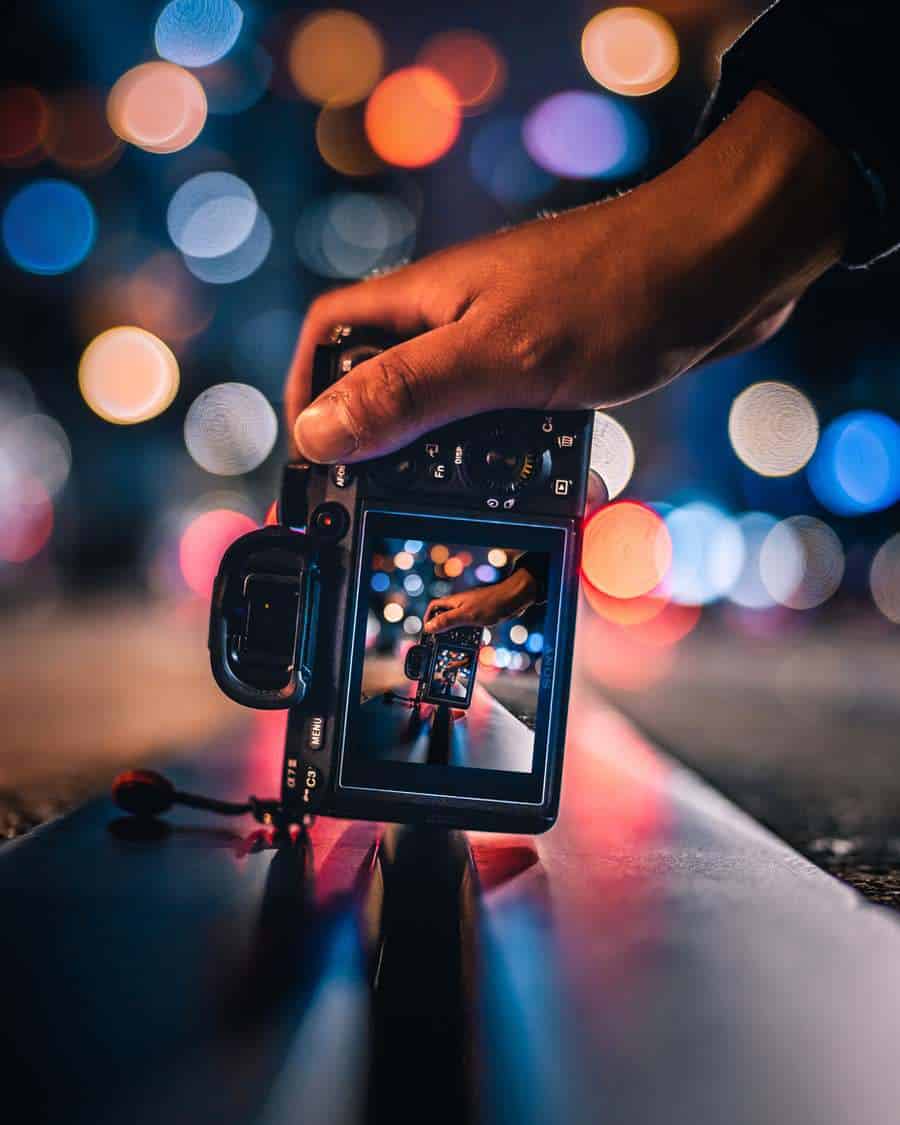The go-to tool for millions of users around the world, Photoshop has earned its place at the top of the photo editing apps with its relative ease of use and breadth of features and regular updates.
However, while you may be a beginner or a long-time user, there may still be tricks that have eluded you or you’re looking to take your photo editing game to the next level. Read on for some tips and tricks to make a photo pop.
Know Your Colors
It’s important to know the three main color modes: CMYK, RGB and Grayscale. If you edit a photo in RGB but send it to a printer that utilizes the CMYK color mode you won’t end up with the product you’ve worked so hard on trying to perfect. RGB (Red, Green, Blue) is an 8-bit color file that is emitted with your screen’s light and is a great mode for editing photos or graphic design elements that will appear online or digitally.
However, CMYK is used more for printed materials created by mixing Cyan, Magenta, Yellow and Black with physical ink. This is especially important to know when using portrait presets, as portraits tend to deform if adequate coloring is not used. Also, it’s important to keep in mind that the choice of color on your computer might not reflect in the printed material, so make sure to always use quality printing services.
So when you are working on a project, it’s helpful to know how the finished product is going to be displayed and using the correct color setting so that what you see and manipulate will accurately reflect in the finished product.
Free Fonts
If you’re working with text and are looking for the perfect font to add to your image or design, don’t forget to check out the thousands of fonts available to you with your Adobe Creative Cloud account. Simply go to “Fonts” and it will take you to the Adobe Fonts website. There you can browse and choose the font you’d like to import to your Photoshop project, simply click on “View Family” and click on “Activate 1 Font.”
If you find a few that you like, make sure to add them to your “favorites” for easy access.
Preferences Settings
Photoshop preferences essentially customize the app to your liking. Head to the Photoshop menu and find Preferences > General on a Mac, or under the Edit bar on Windows. Here you can customize everything from the Home Screen, enable or disable clipboard, and the appearance of Photoshop. You can adjust the color of the interface, preferences for the many different tools, tooltips, history logs, export and performance preferences and more. Obviously, the more you use Photoshop, the more you’ll begin to find you have certain preferences on how you work and how you make use of the many tools and features.
Layers
Photoshop layers is one of the fundamental tools, allowing the user to stack different images and graphics to edit your project while not affecting pixels from another layer. Remember, the eye icon next to the layer name allows you to hide or reveal that layer. If you have multiple layers visible and want to isolate just one, hold down the Alt key and click on the eye icon to view just that layer and make all others invisible. Hold down Alt and click the eye a second time to bring them back. If you want to make a font change to multiple layers simultaneously, hold down Cmd and Ctrl before highlighting the layers in the Layers Panel. Then select the Type tool and change the settings.
Use Filters Sparingly
It may be tempting to fire up some filter effects or add some lens flare, maybe rainbow gradients, but good design is so much more. In fact, if you can, avoid embossing and drop shadowed types to avoid looking too much like an amateur.
Post-Processing
You can play with a number of techniques to really make a photo pop. Try bumping up the contrast in a photo while experimenting with colors to create a grunge feel. High color saturation can also really make a picture jump off the page. Aging a photo with tinting and adding imperfections can give an image that classic vintage look. You can also add some noise and grain to create a more gritty look.
Brush and Painting Tools
With a tablet and Adobe Eazel you can create beautiful effects. You can make a painting pop by adding a paper texture. Make sure to paste a texture on your image and work with the Blend Modes and Opacity, as well as the Darken or Multiply modes to find that perfect blend. You can also add sketch lines by duplicating your layer and going to Filter>Stylize>Glowing Edges.
In addition to these Photoshop tips and tricks from the pros, you might also find it helpful to explore environmentally-friendly options for recycling used printer materials like toner cartridges. Consider checking out Sell Toner for more information on how you can responsibly dispose of your old toner cartridges.
In the end, the possibilities for what you can do with Photoshop is only limited by our imagination. With practice you can master the program and customize it exactly to your liking to create the masterpiece of your dreams.
